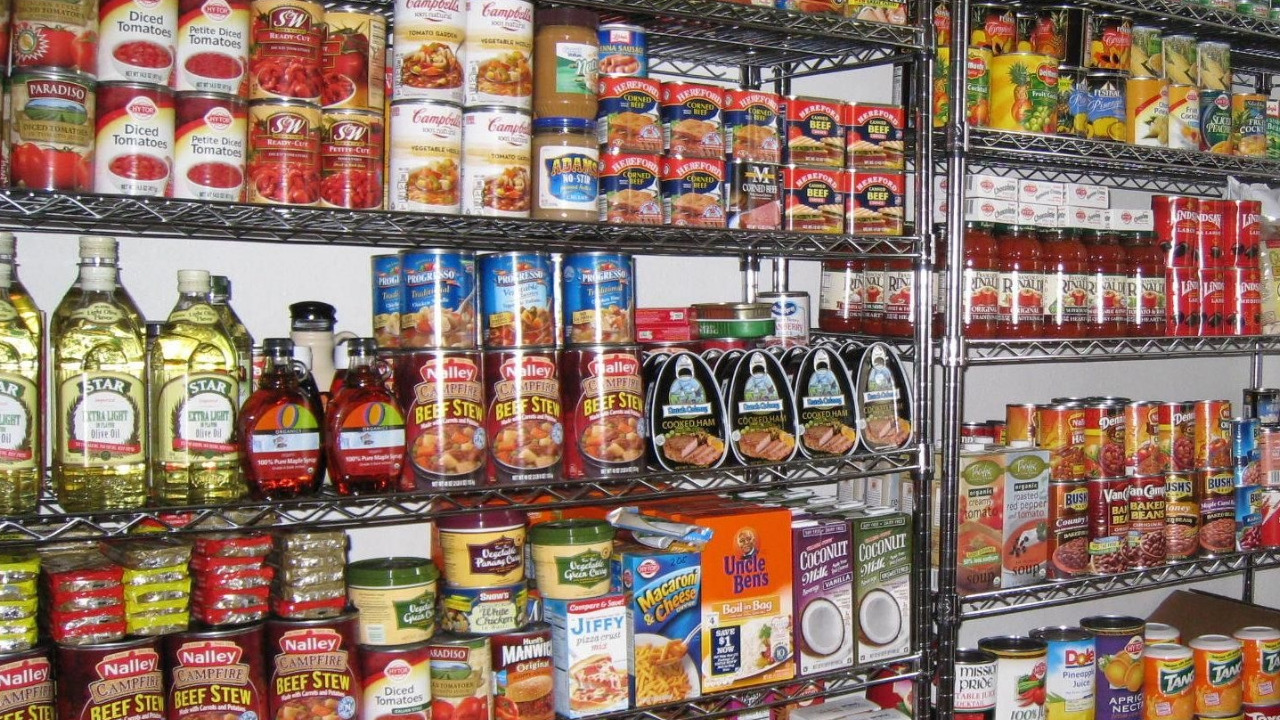In a world characterized by uncertainty, maintaining composure is crucial for survival. As the fundamental human need, food becomes a paramount concern, prompting the creation of a survival food list to ensure preparedness in the face of emergencies. Historical instances reveal that during hurricanes, earthquakes, floods, natural calamities, or even wars, the first resources people lose access to are food and water. Individuals residing in regions prone to floods, famines, droughts, or heavy snowfall typically preemptively stock selected survival foods for prolonged sustenance.
Factors to Consider When Choosing Survival Foods:
- Shelf Life: The primary purpose of survival food is longevity. Opt for items with extended shelf lives, as indicated by their best before dates. Avoid stocking products that expire within a year, at the very least.
- Ease of Preparation: The unpredictability of emergencies necessitates the selection of foods that can be consumed as is or require minimal preparation. Choose items like protein bars, canned beans, and white rice for practicality.
- Nutritional Value: Survival foods should not sacrifice nutritional value. Prioritize nutritious options to ensure sustenance during challenging times. Staple survival foods are designed to provide essential nutrients for energy and vitality.
- Storability: Store food in airtight containers whenever possible, as the plastic packaging may reduce shelf life. Focus on items that do not rely on electricity or fuel for cooking.
In situations demanding resourcefulness and prolonged reliance on stored provisions, opt for foods with the utmost shelf life, ensuring they do not expire under any circumstances.
Best Ways to Preserve Food
Explore various methods to preserve food effectively:
- Canning: Pickle and preserve using canning equipment.
- Dehydrating: Extend the life of meat, fruit, and vegetables with a dehydrator.
- Freeze-Drying: Ideal for maximum shelf life.
- Vacuum Sealing: Extend shelf life, often combined with other preservation methods.
- Freezing: Requires power, plan for alternate sources during disasters.
- Store in Packaging: Some foods can be stored in their original packaging.
- Food-Grade Buckets and Mylar Bags: Use for quick prepping projects and redundant preservation.
Bug-Out Survival Food List
For evacuations or bug-out scenarios, consider these lightweight yet essential food options:
- Water: Critical for preparedness.
- Survival Food Bars: Convenient and high in calories.
- MREs (Meal, Ready to Eat): All-in-one high-calorie meals.
- Tuna Pouches: Lightweight alternative to cans.
- Beef Jerky: Portable protein source.
- Energy Bars: Cost-effective option.
- Freeze-Dried Mobile Packs: Portable options from reliable suppliers.
Short-Term Survival Food List
Short-term disasters are common, and preparation is key. Here’s a list of essentials to help you get through short-term emergencies:
- Water: Vital for survival, aim for 1-2 gallons per person daily. Use our water calculator for storage tips.
- Canned Food: Affordable and easy to store. Check out the top 10 canned foods to stockpile.
- Energy Bars or Granola Bars
- Peanut Butter and Other Nut Butter
- Crackers, Chips, and Pantry Snacks
- Dried Fruits: Use a dehydrator or freeze dryer.
- Nuts
- Powdered Milk: Versatile high-density protein. See our recommended powdered milk.
- Oatmeal or Cereal
- Jams and Jellies
- Baby Formula: Plan ahead if you have a little one.
- Pet Food: Stock extra for your pets. Ensure regular rotation to avoid expiration.
Long-Term Survival Food List
Long-term disasters can have a significant impact. Here’s a list of foods for extended survival:
- Water: Prioritize water storage. Use a water storage calculator.
- Canned Food: Suitable for both short and long-term storage.
- Beans, Lentils, and Rice: Staple foods with extended shelf life.
- Energy Bars or Granola Bars
- Peanut Butter and Other Nut Butter
- Survival Bread: Includes long-shelf-life bread and crackers.
- Powdered Milk: Shelf-stable and nutrient-packed.
- Olive Oil, Vegetable Oil, & Lard: Calorie-dense and versatile.
- Canned Preserves: Self-canned and pickled foods with a great shelf life.
- Dehydrated Fruits and Vegetables: Extend the life of greens with a dehydrator.
- Honey: Long-lasting food item.
- Freeze-Dried Meals: Convenient emergency food options, including meat, fruit, and vegetables.
- Condiments: Shelf-stable options to enhance survival food.
Storing Long-Term Survival Food
Proper storage is crucial for preserving your survival food. Consider these tips:
- Store food in a dark, cool place.
- Use food storage buckets, mylar bags, and oxygen absorbers for airtight sealing.
- Implement a FIFO system (First in, First out) for efficient rotation and reduced spoilage.
Survival Food Checklist
Tailor your survival food list based on your situation, capabilities, and risk tolerance. Download our comprehensive checklist as a pdf or use it as a Google Sheet/Excel file for customization.
*The views and opinions expressed on this website are solely those of the original authors and contributors. These views and opinions do not necessarily represent those of Spotter Up Magazine, the administrative staff, and/or any/all contributors to this site.
